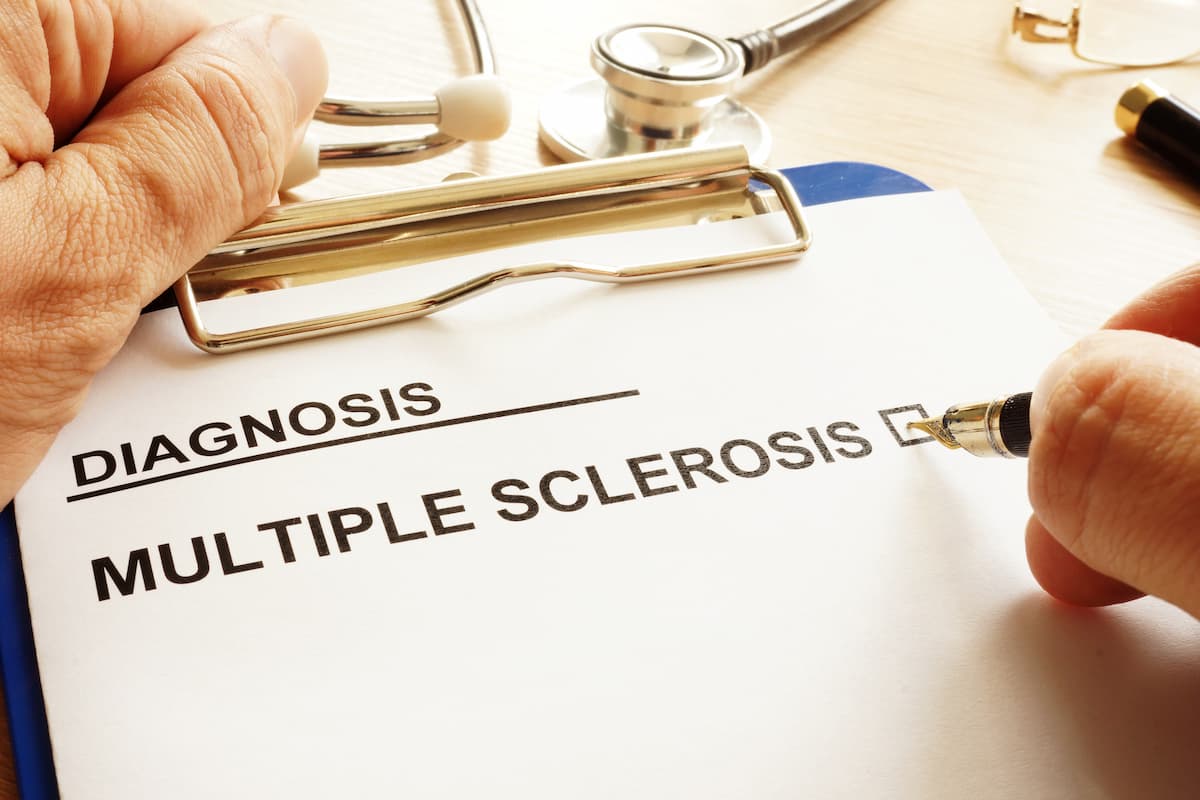Video
Multiple Sclerosis: S1PR Modulation Rationale
Barry Hendin, MD: Second-line treatments in multiple sclerosis [MS] are generally something that has a different mechanism than the first-line treatment, and I’ll give you a simplistic example. There are a number of interferons in the market. If I had chosen an interferon, which in years past I might have, and a patient had failed that interferon, it would be very, very unlikely—and I think illogical—for me to choose another agent in the same class. I generally will use an agent in a different class, often with a higher power. But sometimes it’s about tolerability. If the first agent failed not because there was breakthrough disease but because of an intolerable adverse event, I’ll take that into consideration and try to avoid agents that repeat that adverse event.
With regard to the mechanisms of action of the agents that we use, I think the FDA gets it right when it says that the final understanding of the mechanism remains in need of elucidation for all the products we use.
It’s an appropriate and really humble statement of how much we know and how much we don’t know. We propose the likely mechanisms. We speak of the mechanisms that we know are occurring. We should understand that there are other mechanisms potentially occurring that we haven’t yet discovered or understood. Having said that, my most likely explanation for the use of sphingosine 1-phosphate receptor [S1P] modulators is that by sequestering activated immune cells, they are less able to get into the circulation and, therefore, into the nervous system.
Amit Bar-Or, MD, FRCP, FAAN, FANA: Amongst the treatment choices in multiple sclerosis, one class of therapies that is growing in number is the sphingosine 1-phosphate receptor modulators. The way that these treatments work is as oral therapies that bind to a receptor on immune cells within lymphoid tissues and remove from the surface of the immune cell a receptor that otherwise allows the cells to egress or exit the lymph node. So many immune cells circulate through the lymphatic system and through the lymph nodes. When they enter the lymph node, they rely on this receptor to exit the lymph node. And, in the presence of these modulators, they’re unable to exit, so they get sequestered in the lymph node. This results in a lymphopenia. The cells are not dead, they’re still within the lymphoid structures, but they’re less available to traffic to the central nervous system and participate in the MS disease process. So that in a nutshell is how the sphingosine 1-phosphate receptor modulators work to limit new MS relapsing disease activity.
Amongst the 5 receptors, 4 of those receptors—the new generation of sphingosine 1-phosphate receptor modulators—preferentially target 2 of those receptors, receptor 1 and receptor 5, and to a lesser extent they target receptors 2, 3, and 4. The significance of that may be associated with a lesser adverse event profile and the potential for the treatment to effectively focus on aspects of the immune system on one hand and aspects of the nervous system on the other hand. This class of agents, in general, accesses the central nervous system quite readily. It is lipophilic, which means it can get across membranes and across the blood-brain barrier into the brain.
And receptors for these molecules are present on brain cells. And, at least in animal models, the suggestion is that their effects on the brain cells may be beneficial in the context of multiple sclerosis.
So the newer generation of agents more selectively target the receptors, and the view is that they may have a less serious adverse event profile, hence they are better tolerated while still preserving efficacy. And the efficacy of interest is both in the context of relapsing-remitting MS but also potentially in the secondary-progressive MS forms.
With respect to relapsing-remitting MS, 2 examples of trials that have been carried out as phase III pivotal trials for these types of agents include the TRANSFORMS study, which looked at the first approved oral sphingosine 1-phosphate receptor modulator, fingolimod. And this was a study that had patients randomized to either the fingolimod or to once weekly injected interferon-beta for at least a year and showed a clear benefit with fingolimod, the S1P receptor modulator, over the active comparator in limiting new MS relapses and new focal brain lesions by magnetic resonance imaging [MRI]. The SUNBEAM study is one of the phase III pivotal trials of ozanimod, one of the more selective next-generation sphingosine 1-phosphate receptor inhibitors, looking at a 12 month exposure where patients were randomized either to ozanimod or to the once weekly injectable interferon-beta. It also showed a substantial decrease in the development of both new clinical relapses as well as focal brain MRI lesions.





